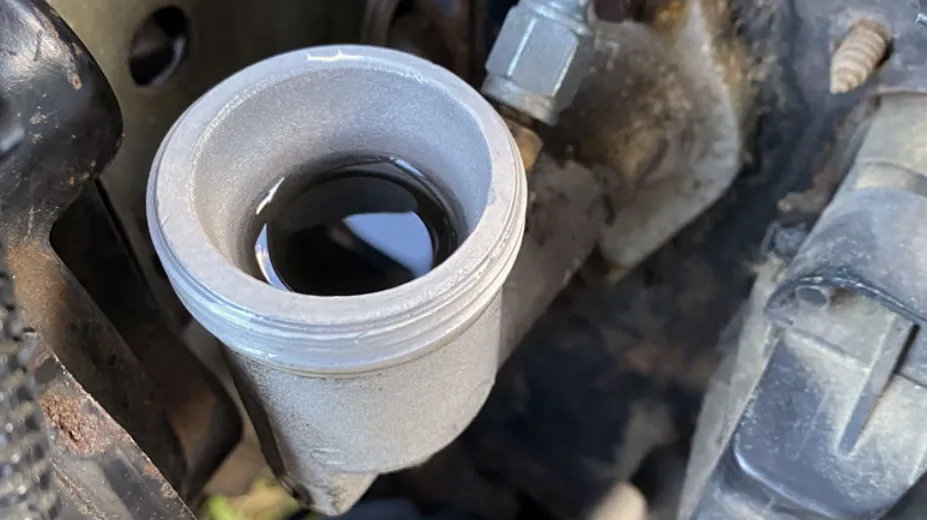Manual transmissions rely on two essential hydraulic components to ensure smooth clutch operation: the clutch master cylinder and the clutch slave cylinder. When clutch issues arise — such as difficulty shifting, a soft pedal, or clutch slipping — it’s crucial to know which cylinder is causing the problem to fix it efficiently.
For example, the 2003 Chrysler PT Cruiser Clutch Slave Cylinder is a common replacement part when symptoms appear, making early diagnosis key to maintaining clutch performance.
Master vs. Slave Cylinder Issues
Identifying the source of your clutch problems starts with recognizing the different symptoms associated with each cylinder:
Master Cylinder Symptoms:
- Soft or Spongy Clutch Pedal: Often caused by leaks or internal failure, resulting in a pedal that sinks or feels unresponsive.
- Fluid Leaks Near the Pedal or Firewall: Since the master cylinder is connected inside the cabin, leaks here point to master cylinder issues.
- Difficulty Shifting Gears: Low hydraulic pressure makes clutch disengagement incomplete, causing rough or hard gear changes.
Slave Cylinder Symptoms:
- Leaks Near the Transmission: Fluid dripping around the transmission usually means the slave cylinder is compromised.
- Clutch Pedal Sticking or Slow Return: The pedal may not return smoothly if the slave cylinder is malfunctioning.
- Grinding or Slipping Clutch: Poor clutch disengagement from slave cylinder failure causes transmission noise or clutch slippage.
Vehicles like the 2008 Mitsubishi Lancer Clutch Slave Cylinder often exhibit these symptoms, helping pinpoint the failing component.
How to Diagnose the Problem
Proper diagnosis involves inspection and simple tests:
Step 1: Look for Fluid Leaks
Inspect inside near the clutch pedal for master cylinder leaks. Then check near the transmission for slave cylinder fluid leaks, as seen with the Honda Prelude Clutch Slave Cylinder.
Step 2: Test Pedal Behavior
Press the clutch pedal and note the feel: a soft, sinking pedal suggests master cylinder issues, while sticking or slow return indicates the slave cylinder.
Step 3: Check Fluid Levels
Low clutch fluid can cause many symptoms. Inspect the reservoir for proper fluid level and clarity.
Step 4: Pressure Test (Professional)
Mechanics can perform hydraulic pressure tests to confirm which cylinder is failing.
Early identification and replacement of the faulty cylinder prevent further clutch damage and ensure smooth shifting. Vehicles such as the 2003 Chrysler PT Cruiser and 2008 Mitsubishi Lancer rely on these cylinders for reliable operation.Proper maintenance and timely replacement with quality parts from Autozone keep your clutch system performing at its best.

